Innovation in Brewing Techniques
Innovation in brewing techniques is a key driver of growth within the craft beer market in Germany. As breweries experiment with new methods and ingredients, they are able to create unique flavors and styles that attract adventurous consumers. The use of advanced brewing technology, such as fermentation control and barrel aging, allows for greater creativity and quality in beer production. Additionally, the incorporation of unconventional ingredients, such as fruits and spices, has become increasingly popular. This trend towards innovation is reflected in the rising number of craft breweries, which has increased by approximately 10% in the last year. As the craft beer market continues to evolve, the emphasis on innovation is likely to remain a crucial factor in attracting consumers and differentiating products.
Cultural Events and Beer Festivals
Cultural events and beer festivals play a pivotal role in promoting the craft beer market in Germany. These events not only celebrate the rich brewing heritage of the country but also provide a platform for craft breweries to showcase their products. Festivals such as the Berlin Beer Week and the Munich Craft Beer Festival attract thousands of visitors, creating opportunities for breweries to engage with consumers directly. Such events have been shown to increase brand awareness and foster community connections. Moreover, participation in these festivals can lead to a boost in sales, as attendees often purchase products directly from the breweries. The ongoing popularity of cultural events is likely to continue driving growth in the craft beer market, as they enhance consumer experiences and promote local craftsmanship.
E-commerce Growth in Beverage Sales
The craft beer market in Germany is witnessing a significant transformation due to the rise of e-commerce platforms. With the increasing popularity of online shopping, many craft breweries are expanding their distribution channels to include direct-to-consumer sales through their websites and third-party platforms. This shift is particularly relevant as it allows consumers to access a wider variety of craft beers from the comfort of their homes. Recent statistics suggest that online sales of craft beer have surged by over 25% in the last year, indicating a strong trend towards digital purchasing. As e-commerce continues to grow, it is likely to reshape the craft beer market, providing breweries with new opportunities for reaching consumers and enhancing brand visibility.
Health Consciousness Among Consumers
In recent years, there has been a growing awareness of health and wellness among consumers in Germany, which is influencing the craft beer market. Many consumers are seeking lower-calorie and lower-alcohol options, reflecting a broader trend towards healthier lifestyles. Craft breweries are responding to this demand by developing innovative products that cater to health-conscious consumers. For instance, the introduction of gluten-free and organic beers has gained traction, appealing to niche markets. Data indicates that the segment of low-alcohol craft beers has seen a growth rate of approximately 15% in the past year. This shift towards health-conscious choices is likely to continue impacting the craft beer market, as breweries adapt their offerings to meet evolving consumer preferences.
Consumer Preference for Local Products
The craft beer market in Germany is experiencing a notable shift towards local products, as consumers increasingly favor beers produced by local breweries. This trend is driven by a desire for authenticity and a connection to regional culture. According to recent data, approximately 60% of German consumers express a preference for locally brewed beer, which significantly impacts the craft beer market. The emphasis on local sourcing not only supports small businesses but also fosters community engagement. As a result, craft breweries are capitalizing on this trend by highlighting their local ingredients and brewing traditions, thereby enhancing their appeal in a competitive market. This consumer preference for local products is likely to continue shaping the craft beer market, encouraging innovation and diversity in offerings.


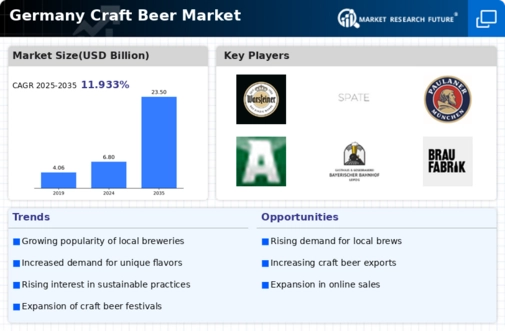
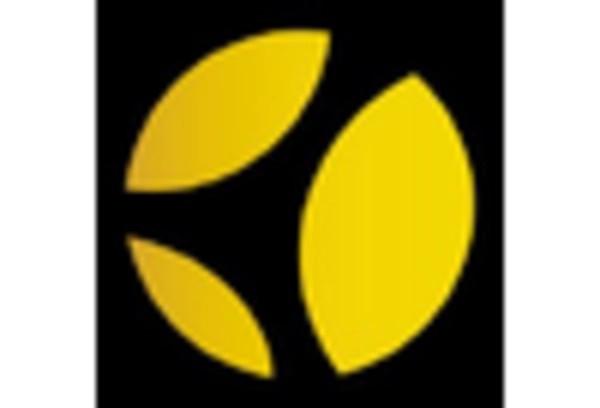
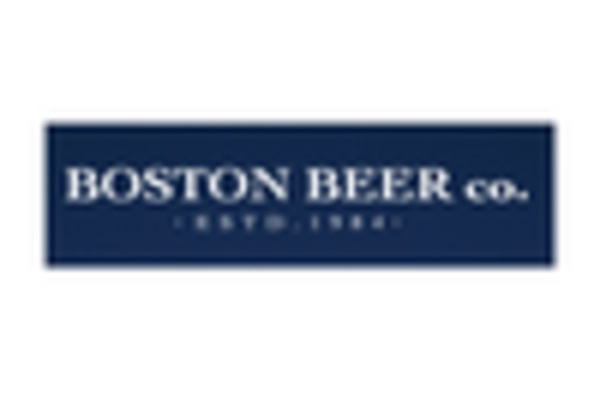
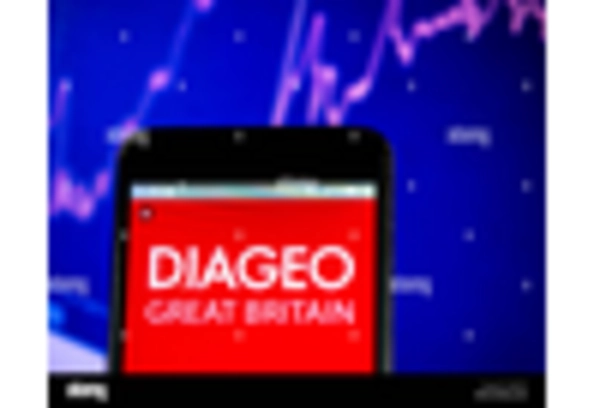
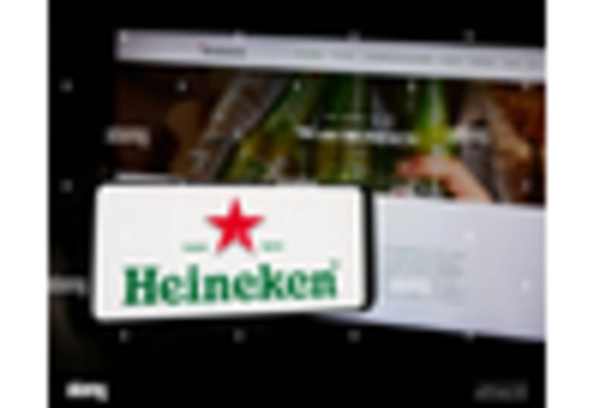
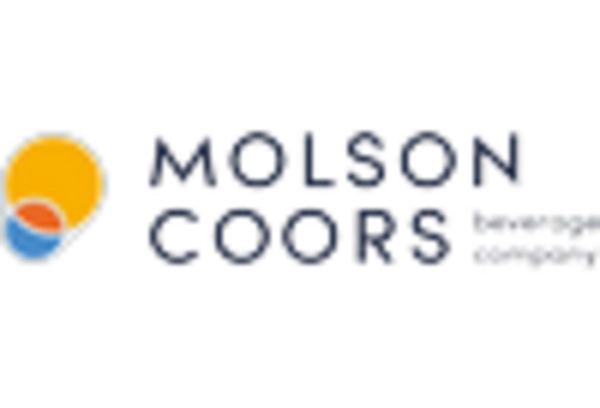









Leave a Comment